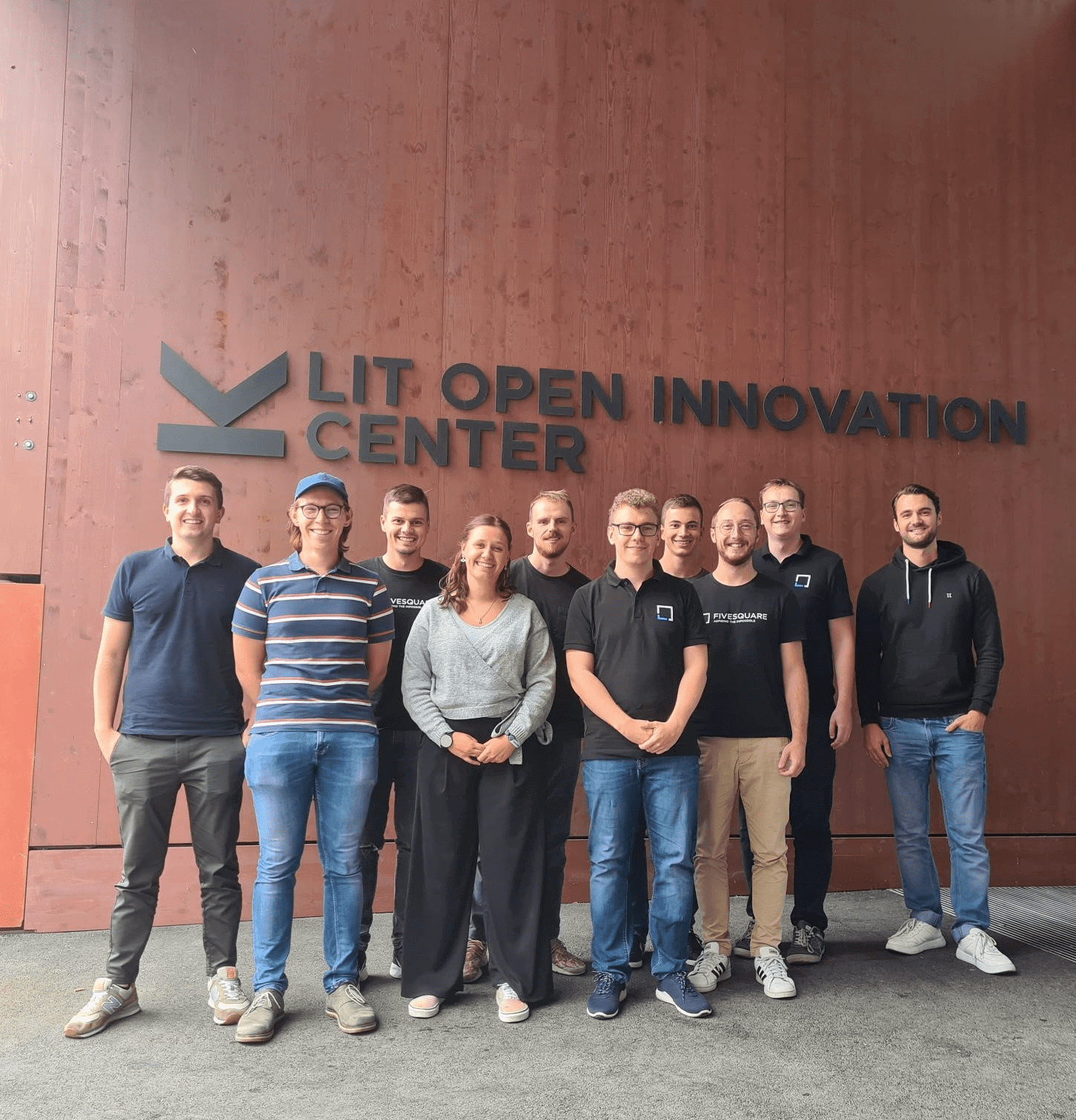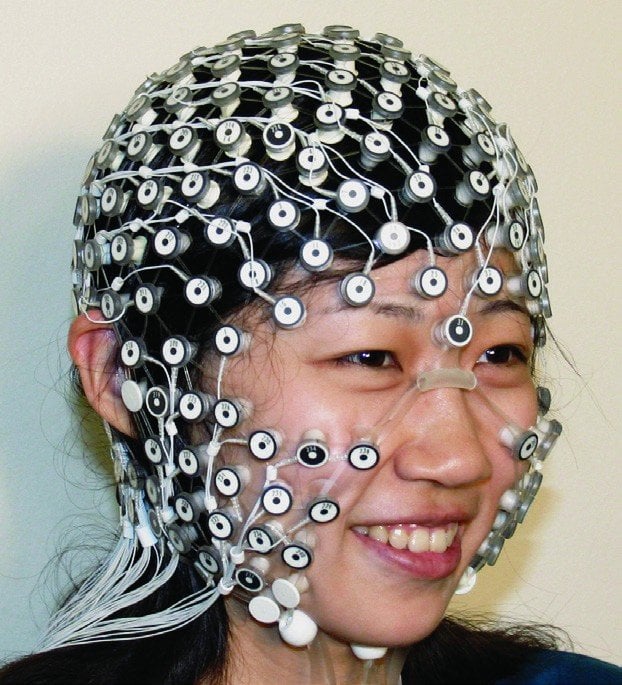
About FiveSquare GmbH
- Founders: Hans-Peter Pichler and Patrick Haidinger
- Founded in: 2021
- Employees: 14
- Money raised: Bootstrapped, as well as funding from the Austrian Research Promotion Agency (FFG) and the state of Upper Austria.
- Ultimate goal: To develop AI solutions by people for people
Founders Hans-Peter Pichler and Patrick Haidinger both have cases of epilepsy in their environment. Both are AI enthusiasts and serial entrepreneurs, so it was only a matter of time before they decided to improve the lives of these people. In the Epilepsia project, they want to use Artificial Intelligence (AI) to give sufferers timely notice of epileptic seizures. Part of their strategy is to make the devices simple and mobile so they can be worn on the body at all times. In this Start-up of the Day series, co-founder Hans-Peter Pichler talks about the challenges of the project.
What problem are you solving and why is it important?
Around 50 million people worldwide suffer from acute epilepsy and are severely restricted in their everyday lives as a result. Through our Epilepsia project, we cannot prevent epileptic seizures, but we can minimize the associated risks. Our solution also makes it possible for the first time to collect mobile data and make more precise prognoses.
We want to give sufferers back some of their freedom and also provide data that support epilepsy research.
Perhaps in the near future, we will also be able to give sufferers back the security of doing things they are barred from doing, such as driving a car. But to do so, a number of safety standards must first be met and regulatory hurdles overcome.
And who knows, maybe one day we will also contribute to curing epilepsy.
Can you describe the technical solution?
We are developing a system that will make it possible to detect epileptic seizures at an early stage and warn patients in good time before a seizure occurs. To do this, we use particular vital parameters such as blood pressure. The parameters that are related to the onset of seizures will be determined in a large-scale study together with Johannes Kepler University and Kepler University Hospital (KUK). Based on these data, we will develop algorithms and transfer them to a specially designed wearable that patients can easily wear permanently.

What was the biggest obstacle you had to overcome? Was there a moment when you wanted to give up?
Giving up should never be an option. Of course, it is always difficult to get a project going.
That’s why it’s important to have strong and reliable partners you can count on.
What achievements have made you proud?
For us, it’s great to see the progress in Project Epilepsia. But our goal of giving sufferers of epileptic seizures timely notice to help them live their lives more freely also motivates us enormously, so we give 110 percent all the time. We are working on several projects in parallel in our company FiveSquare, and Epilepsia drives us for our other projects as well.
In particular, we are proud of our constantly growing team and our joint achievements. Without this team, we would not be where we are today!
Was it difficult to get funding?
We were able to finance the product development with funding from various bodies that we convinced of our ideas. Of course, this also required extensive preparations. But in general, Austria is a good breeding ground for innovative ideas and provides a wealth of different funding instruments.
Could you imagine a better or more ideal place for your start-up?
We both studied at the Johannes Kepler University Linz (JKU) and later deliberately chose a company location close to the university. Our projects are research-oriented and this close proximity to the university allows us to constantly exchange ideas with researchers and incorporate the latest research findings into our products and solutions. We feel that the collaboration with our project partners, individual departments, and disciplines is a synergetic one and feel that this is unique. Being located here in Linz is also an advantage when it comes to finding employees, as it’s rare to find so many young and highly motivated individuals in one place.
Where would you like to be with your company in five years?
Above all, we want to make artificial intelligence technology acceptable in Europe. To do this, it is necessary to take away people’s fear of AI and show that AI does not represent any popular nightmare scenarios. We are not building a Terminator or taking away jobs, quite the opposite: we are creating technological solutions that advance humanity and increase the quality of life. The focus of our work is always on people and solutions that we want to use to make a measurable positive contribution to society.
In five years, we want to be part of a movement that significantly expands technological leadership in Europe.
What makes your innovation better or different than existing things?
In particular, we would like to talk about the innovative nature of Epilepsia. We want to free Artificial Intelligence from its stigma and show that it helps people, not harms them. To do this, we are developing a wearable that enables sufferers to detect epileptic seizures at an early stage. In addition, we want to use state-of-the-art machine learning methods to detect different types of epilepsy as precisely as possible. A key innovation factor here is the integration of the device into patients’ everyday lives through mobile technologies.






